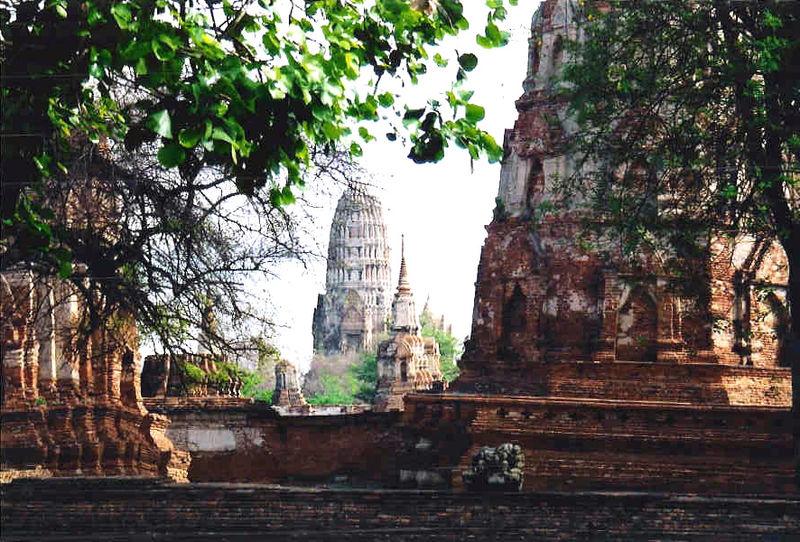“Do you folks believe in multiple gods”?
Other external observers, who have studied Hinduism more closely, ask -
“Do Hindus believe in God at all? Are they atheists? Or at best Monists? Definitely not strong theists like us Christians/Muslims”
Then the thread will counter the Purvapaksha view and make a case for a very strong theistic tradition within Hinduism right from the days of the Rg Veda to the modern day
2. ayam ātmā brahma (The Self is Brahman) (Mandukya Upanisad, AV)
3. tat tvam asi (Thou art That) (Chandogya Upanisad, SV)
4. aham brahmāsmi (I am Brahman) (Brhadaranyaka Upanisad, YV)
In a world where Karmic retribution works to perfection, the need for theism would be lower. The eternal law of Karma is what matters. Not so much a personal God.
There is another part of Hinduism (probably a bigger part) that is extremely theistic and very very strongly interested in theology
1. the world as real
2. devotion as the highest form of human endeavor, and not merely “useful”
3. God’s grace as being just as important if not more so, than Karma
b.) Parts of Mahabharata like Bhagavad Gita which bring up the point of God’s grace
c.) Pancharatra literature - a part of Agama corpus and helped kickstart the whole Bhagavata cult
e. The Samanya Upanisads of later years (post 300BCE) (which are more theistic in orientation than the older Mukhya Upanisads) (Eg : Mudgala Upanisad, Sabaala Upanisad)
Let’s take some verses from Purusha Sukta to illustrate the theism inherent in it -
sa bhUmim vishvato vRtvA | atyatishTad daSAngulam”
Translation: Thousands of heads has the great being. Thousands of eyes has he,
and thousands of legs. He manifests the world. He stands beyond the count of ten fingers
tasmAt virAd ajAyata | virAjo adhipUrusha : |
sa jAto atyaricyata | pashcAd bhUmimatho pura: || 5 ||
(tasmAt) from that great purusha (virAt) did the shining
universe come forth. (virAjo adhi) From that
virAt, came forth Brahma, to care for it. (sa) He was born
(ati aricyata) and grew very large, extending (pascAt)
in front (bhUmim) of the earth and then behind
a. Abhigamna (ablutions / morning prayers to God)
b. Upadana (collecting worship materials)
c. Ijya (worship of God with offerings)
d. Svadhyaya (daily self-study)
e. Yoga (meditation)
So for much of the first millennium CE, Pancharatra was on the defensive, though rising in popularity
i.e “On account of the impossibility of origination”
Narayana contains the world in him, and the Pancharatra statements merely mean Narayana is letting souls lead an independent existence out of His Own Free Will
The purpose of life was to devote to Narayana and become a part of him though we are born as autonomous souls which have lost their way
Abstract meditation and monasticism is viewed with a certain degree of skepticism in this philosophy, given its “empiricism” and focus on “direct perception”.
Hayagriva - is the horse shaped form of Vishnu. A minor avatar for most.
But for Desika ,Hayagriva was major.
While Desika is not challenging that, he asks - how do humans like us possess the Vedas. We have them thanks to Narayana who has given it to us, through his Hayagriva form
Theism grew far and wide in the centuries following Ramanuja and Desika. Many great names followed in the centuries to come. Ramananda. Tulsidas. Chaitanya. Each of them a veritable giant strongly moored in a highly theistic view of the world
So yes, Hindus do believe in God!
archive.org/details/agamap…
en.wikipedia.org/wiki/Pancharat…
This was picked from wiki as I felt it summed up Sankara's views on the subject (Contd.)
archive.org/details/Brahma…










